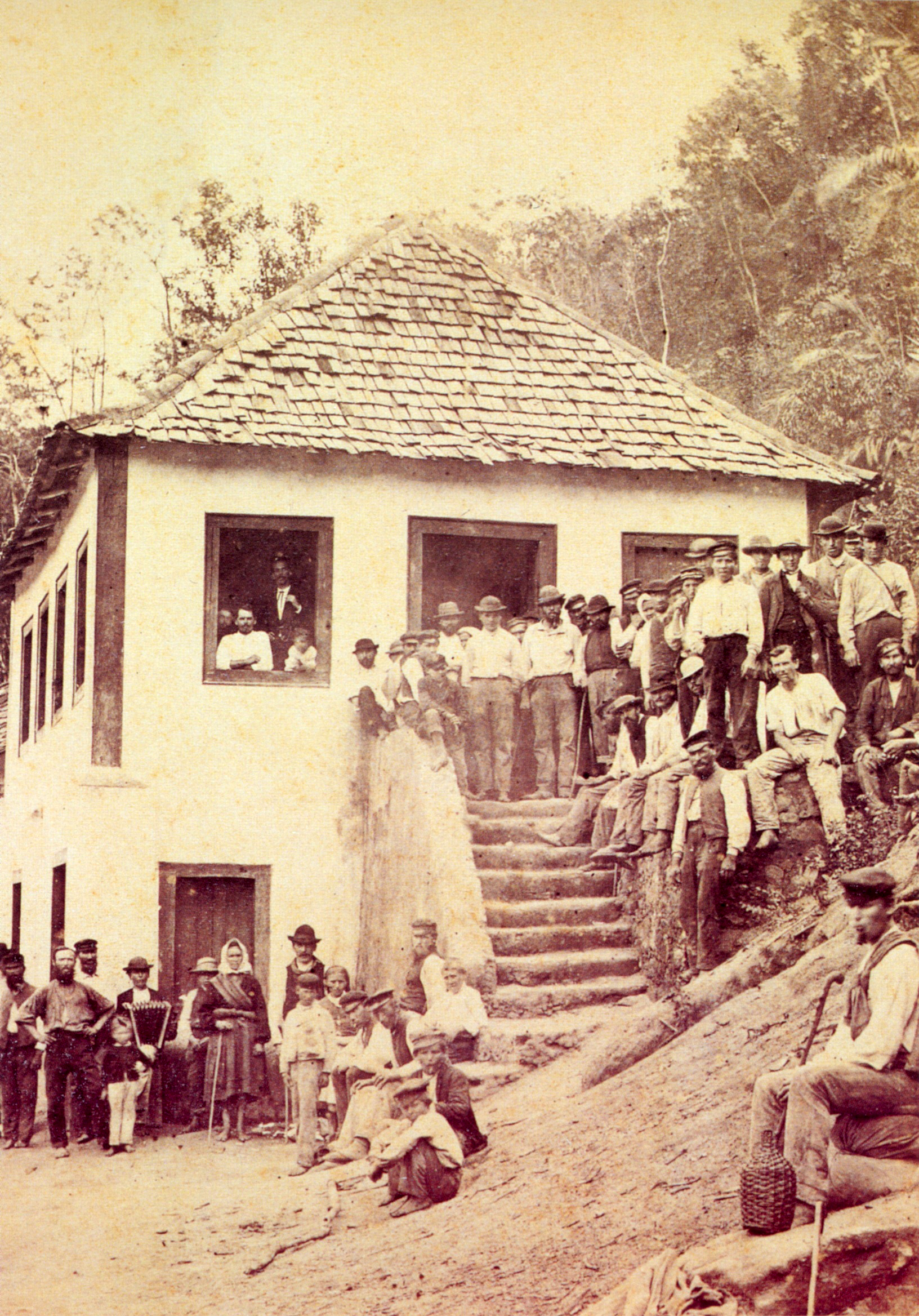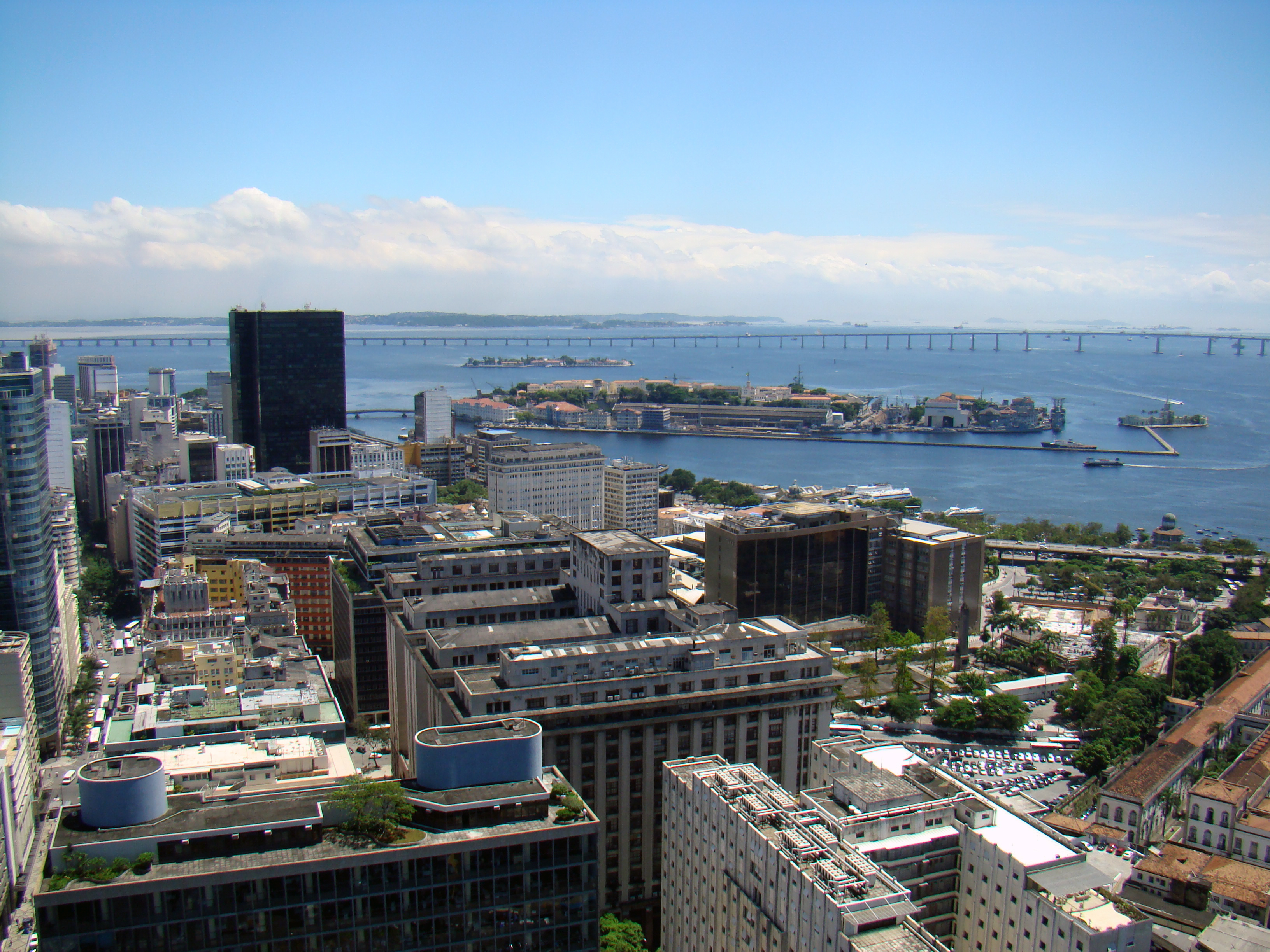|
Novochares
''Novochares'' is a primarily Neotropical genus of water scavenger beetles in the family Hydrophilidae represented by 15 described species, one of which is thought to be introduced in Florida in the United States of America. Taxonomy The genus ''Novochares'' was created by Girón & Short in 2021 to accommodate 15 species formerly placed in the genus '' Helochares'' that occur across Central and South America, and some of the Lesser Antilles. It belongs in the subfamily Acidocerinae. Description Medium-sized beetles (4.5–9.0 mm), smooth and shiny dorsally, brown to dark brown in coloration, with long maxillary palps. There is a lot of variation in aedeagal forms (see Figure 43 in Girón and Short 2021). A complete diagnosis was presented by Girón and Short. Habitat According to Girón and Short, "Species of ''Novochares'' occur in a broad range of both lentic and lotic habitats". Species # ''Novochares abbreviatus'' (Fabricius, 1801): Argentina, Bolivia, Bra ... [...More Info...] [...Related Items...] OR: [Wikipedia] [Google] [Baidu] |
Acidocerinae
Acidocerinae is a subfamily in the family Hydrophilidae of aquatic beetles, and it contains over 500 species in 23 genera. Taxonomy Acidocerinae has been considered a subfamily since Short and Fikáček restructured the classification of the Hydrophilidae in 2013. The entire classification history of the Acidocerinae was revised by Girón and Short in 2021, based on the results of a phylogenetic analysis. The subfamily currently contains over 500 species in 24 genera, some of which were erected in 2021. Description According to Girón and Short: Additionally, Distribution and habitat According to Girón and Short: Genera * '' Acidocerus'' Klug, 1855: 649 * '' Agraphydrus'' Régimbart, 1903: 33 * '' Aulonochares'' Girón & Short, 2019: 112 * '' Batochares'' Hansen, 1991: 292 * '' Chasmogenus'' Sharp, 1882: 73 * '' Colossochares'' Girón & Short, 2021: 55 * '' Crephelochares'' Kuwert, 1890: 38 * '' Crucisternum'' Girón & Short, 2018: 116 * '' Ephydrolithus' ... [...More Info...] [...Related Items...] OR: [Wikipedia] [Google] [Baidu] |
Helochares
''Helochares'' is a genus of water scavenger beetles in the family Hydrophilidae, represented by 161 described species. It is distributed across the Afrotropical, Australasian, Indo-Malayan, Nearctic, and Palearctic realms. Description As currently defined, ''Helochares'' contains small to medium-sized beetles (2–7 mm), which are yellowish to brown in coloration. There is a lot of variation in the impression of the elytral punctation, and the aedeagal forms are also highly variable (see Figure 37 in Girón and Short 2021). A detailed diagnosis can be found in Girón and Short 2021. Females carry their eggs in a cocoon anchored to the hind femora and held under the abdomen as in several other Hydrophilidae. Taxonomy ''Helochares'' is one of the largest and most taxonomically problematic genera within the Acidocerinae. It was originally described by Étienne Mulsant in 1844. For a long time ''Helochares'' contained five subgenera: '' Batochares'' (currently recognized as ... [...More Info...] [...Related Items...] OR: [Wikipedia] [Google] [Baidu] |
Neotropical
The Neotropical realm is one of the eight biogeographic realms constituting Earth's land surface. Physically, it includes the tropical terrestrial ecoregions of the Americas and the entire South American temperate zone. Definition In biogeography, the Neotropic or Neotropical realm is one of the eight terrestrial realms. This realm includes South America, Central America, the Caribbean Islands, and southern North America. In Mexico, the Yucatán Peninsula and southern lowlands, and most of the east and west coastlines, including the southern tip of the Baja California Peninsula are Neotropical. In the United States southern Florida and coastal Central Florida are considered Neotropical. The realm also includes temperate southern South America. In contrast, the Neotropical Floristic Kingdom excludes southernmost South America, which instead is placed in the Antarctic kingdom. The Neotropic is delimited by similarities in fauna or flora. Its fauna and flora are distinct ... [...More Info...] [...Related Items...] OR: [Wikipedia] [Google] [Baidu] |
Water Scavenger Beetle
Hydrophilidae, also known colloquially as water scavenger beetles, is a family of beetles. Aquatic hydrophilids are notable for their long maxillary palps, which are longer than their antennae. Several of the former subfamilies of Hydrophilidae have recently been removed and elevated to family rank; Epimetopidae, Georissidae (= Georyssidae), Helophoridae, Hydrochidae, and Spercheidae. While the majority of hydrophilids are aquatic, around a third of described species are terrestrial, mostly belonging to the subfamily Sphaeridiinae. With rare exceptions, the larvae are predatory while the adults may be herbivores or predators in addition to scavenging. Many species are able to produce sounds. Species of '' Hydrophilus'' are reported as pests in fish hatcheries. Other species are voracious consumers of mosquito larvae, and have potential as biological control agents. This beetle family contains 2,835 species in 169 genera. Geography Hydrophilid beetles are found worldwide. I ... [...More Info...] [...Related Items...] OR: [Wikipedia] [Google] [Baidu] |
Central America
Central America is a subregion of North America. Its political boundaries are defined as bordering Mexico to the north, Colombia to the southeast, the Caribbean to the east, and the Pacific Ocean to the southwest. Central America is usually defined as consisting of seven countries: Belize, Costa Rica, El Salvador, Guatemala, Honduras, Nicaragua, and Panama. Within Central America is the Mesoamerican biodiversity hotspot, which extends from southern Mexico to southeastern Panama. Due to the presence of several active geologic faults and the Central America Volcanic Arc, there is a high amount of seismic activity in the region, such as volcanic eruptions and earthquakes, which has resulted in death, injury, and property damage. Most of Central America falls under the Isthmo-Colombian cultural area. Before the Spanish expedition of Christopher Columbus' voyages to the Americas, hundreds of indigenous peoples made their homes in the area. From the year 1502 onwards, Spain ... [...More Info...] [...Related Items...] OR: [Wikipedia] [Google] [Baidu] |
Lesser Antilles
The Lesser Antilles is a group of islands in the Caribbean Sea, forming part of the West Indies in Caribbean, Caribbean region of the Americas. They are distinguished from the larger islands of the Greater Antilles to the west. They form an arc which begins east of Geography of Puerto Rico, Puerto Rico at the Virgin Islands, archipelago of the Virgin Islands, swings southeast through the Leeward Islands, Leeward and Windward Islands towards South America, and turns westward through the Leeward Antilles along the Geography of Venezuela, Venezuelan coast. Most of them are part of a long, partially volcanic arc, volcanic island arc between the Greater Antilles to the north-west and the continent of South America."West Indies." ''Merriam-Webster's Geographical Dictionary'', 3rd ed. 2001. () Springfield, MA: Merriam-Webster Inc., p. 1298. The islands of the Lesser Antilles form the eastern boundary of the Caribbean Sea where it meets the Atlantic Ocean. Together, the Lesser Antilles a ... [...More Info...] [...Related Items...] OR: [Wikipedia] [Google] [Baidu] |
Espírito Santo
Espírito Santo (; ) is a state in southeastern Brazil. Its capital is Vitória, and its largest city is Serra. With an extensive coastline, the state hosts some of the country's main ports, and its beaches are significant tourist attractions. The state is divided into 78 municipalities. The capital, Vitória, is located on an island, which borders the municipalities of Vila Velha, Cariacica, and Serra. These municipalities, plus the outer cities of Fundão and Guarapari, constitute the state's main metro area. In the northern extremes of Espírito Santo is Itaúnas, in the municipality of Conceição da Barra, which is a tourist location known for its sand dunes and forró tradition. The Captaincy of Espírito Santo was carved out of the Captaincy of Bahia in the 18th century, during the colonial rule of Brazil, and named after a 16th-century captaincy covering roughly the same area of coast. Following the elevation of Brazil to a constituent kingdom of the Un ... [...More Info...] [...Related Items...] OR: [Wikipedia] [Google] [Baidu] |
Piauí
Piauí ( ) is one of the states of Brazil, located in the country's Northeast Region, Brazil, Northeast Region. The state has 1.6% of the Brazilian population and produces 0.7% of the Brazilian GDP. Piauí has the shortest coastline of any coastal Brazilian state at 66 km (41 mi), and the capital, Teresina, is the only state capital in the northeast to be located inland. The reason for this is, unlike the rest of the area, Piauí was first colonised inland and slowly expanded towards the ocean, rather than the other way around. In the southeast of the state, the National Park of Serra da Capivara National Park, Serra da Capivara is a UNESCO World Heritage Site. The park has more than 400 archaeological sites and the largest concentration of rock art, rock paintings in the world, in a landscape dominated by canyons and caatinga. History The state has many notable archaeological sites, including Serra de Capivara National Park and Sete Cidades National Park, which are ... [...More Info...] [...Related Items...] OR: [Wikipedia] [Google] [Baidu] |
Rio De Janeiro (state)
Rio de Janeiro () is one of the States of Brazil, 27 federative units of Brazil. It has the second largest economy of Brazil, with the largest being that of the state of São Paulo (state), São Paulo. The state, which has 8.2% of the Brazilian population, is responsible for 9.2% of the Brazilian Gross domestic product, GDP. The state of Rio de Janeiro is located within the Brazilian geopolitical region classified as the Southeast Region, Brazil, Southeast (assigned by Brazilian Institute of Geography and Statistics, IBGE). Rio de Janeiro shares borders with all the other states in the same Southeast macroregion: Minas Gerais (North, N and Ordinal directions, NW), Espírito Santo (Ordinal direction, NE) and São Paulo (state), São Paulo (Ordinal directions, SW). It is bounded on the east and south by the South Atlantic Ocean. Rio de Janeiro has an area of . Its capital is the city of Rio de Janeiro, Rio de Janeiro, Rio de Janeiro, which was the capital of the Portuguese Colonial ... [...More Info...] [...Related Items...] OR: [Wikipedia] [Google] [Baidu] |
Mato Grosso Do Sul
Mato Grosso do Sul ( ) is one of Federative units of Brazil, Brazil's 27 federal units, located in the southern part of the Central-West Region, Brazil, Central-West Region, bordering five Brazilian states: Mato Grosso (to the north), Goiás and Minas Gerais (northeast), São Paulo (state), São Paulo (east) and Paraná (state), Paraná (southeast); and two South America, South American countries: Paraguay (south and southwestern) and Bolivia (west). It is divided into 79 municipalities and covers an area of 357,145.532 square kilometers, which is about the same size as Germany. With a population of 2,839,188 inhabitants in 2021, Mato Grosso do Sul is the Federative units of Brazil, 21st most populous state in Brazil. Campo Grande is the capital and largest city of Mato Grosso do Sul. The economy of the state is largely based on agriculture and cattle-raising. Crossed in the south by the Tropic of Capricorn, Mato Grosso do Sul generally has a warm, sometimes hot, and humid climate ... [...More Info...] [...Related Items...] OR: [Wikipedia] [Google] [Baidu] |
Guadeloupe
Guadeloupe is an Overseas departments and regions of France, overseas department and region of France in the Caribbean. It consists of six inhabited islands—Basse-Terre Island, Basse-Terre, Grande-Terre, Guadeloupe, Grande-Terre, Marie-Galante, La Désirade, and two Îles des Saintes—as well as many uninhabited islands and outcroppings. It is south of Antigua and Barbuda and Montserrat and north of Dominica. The capital city is Basse-Terre, on the southern west coast of Basse-Terre Island; the most populous city is Les Abymes and the main centre of business is neighbouring Pointe-à-Pitre, both on Grande-Terre Island. It had a population of 395,726 in 2024. Like the other overseas departments, it is an integral part of France. As a constituent territory of the European Union and the eurozone, the euro is its official currency and any European Union citizen is free to settle and work there indefinitely, but is not part of the Schengen Area. It included Saint Barthélemy and C ... [...More Info...] [...Related Items...] OR: [Wikipedia] [Google] [Baidu] |




